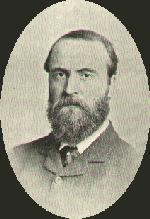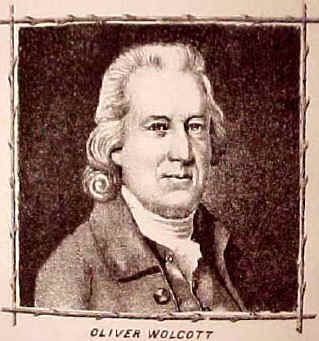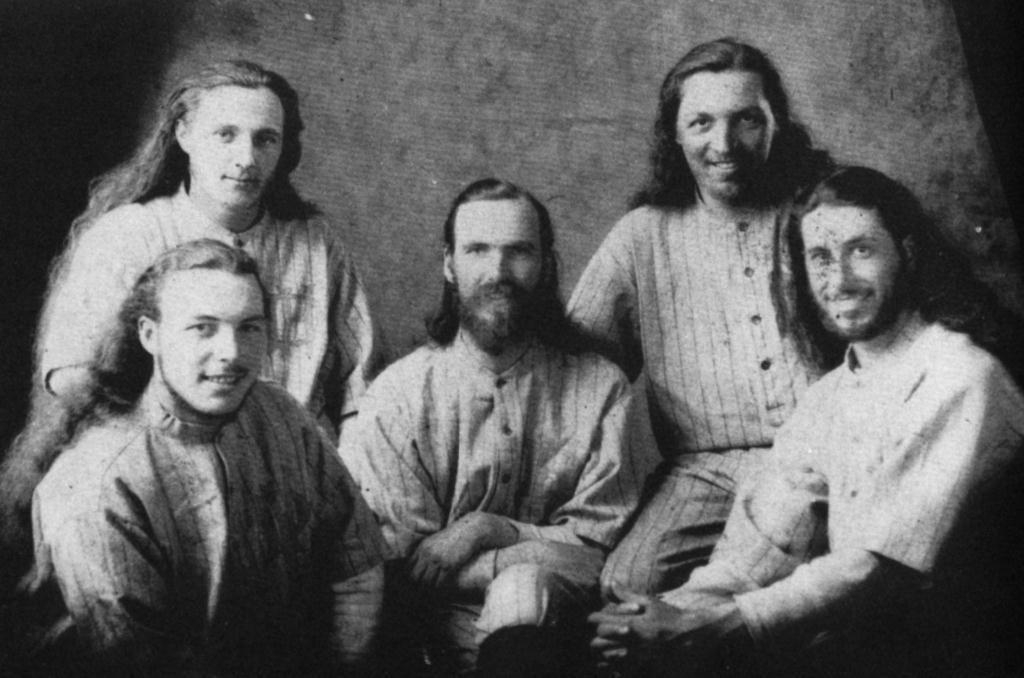Custom
Roman History
Baby Roman has a rich and varied heritage, being of Punjabi, English, Welsh, Irish, German, Black Dutch, and Cherokee. Here are a few highlights and interesting people from his geneology.
Welsh Kings
Oliver Wolcott
Oliver Wolcott was born on Nov. 20, 1726, in Windsor, Connecticut, and graduated from Yale College in 1747. He served several terms in the Connecticut legislature between 1764 and 1786. Wolcott was a delegate to the Continental Congress from 1776 to 1778 and a member of the Congress of the Confederation from 1781 to 1783. He served as governor of Connecticut from 1796 until his death on Dec. 1, 1797. Wolcott also became a military leader, rising to the rank of major general. He helped defend the Atlantic coast from British attack during the Revolutionary War in America (1775-1783). He also served as a member of Connecticut's convention to ratify the Constitution of the United States. He strongly supported ratification and was a signer of the Declaration of Independence.
Oliver came into promience as a young statesman during the revolutionary war at which time he was an Army officer, in the Conneticut legislature, and a delegate Congressional Congress. His popularity and fame grew after he ordered a statue of King George in New York to be torn down and melted for bullets for the colonial army. In the Museum of the New York Historical Society there is a large flat stone with an inscription cut into one side of it, and in the other, three deep holes for three legs of a horse. Lying on a table near it are several large pieces of heavy metal with the old gilding almost worn off. One piece looks like the tail of a horse and another like a part of his saddle. These fragments of metal and the stone slab are nearly all that is left of a statue of King George the Third on horseback that stood on Bowling Green, at the lower end of Broadway in New York City, before the Revolutionary War.
Ireland's Uncrownrd King
Called the 'uncrowned King of Ireland' Charles Stewart Parnell is remembered by the Irish as a fighter for freedom, as an unsung hero and as a victim of the British Government and of the Catholic Church. Born on the 27th June 1846 at Avondale in County Wicklow, Ireland, Charles Stewart Parnell had both American and Anglo-Irish ancestry. Elected as the MP (Member of Parliament) for Co. Meath, Ireland in 1875 he entered the House of Commons in London. Many of the Irish in Parliament had begun to believe that peaceful negotiations in their attempt to obtain Home Rule (or self-government) for Ireland were not working. Parnell quickly became the champion and leader of the Home Rule lobbyists despite the fact that he was a protestant who had little in common with the native Irish Catholics. He became President of the Nationalist Party in 1877 and favored disruptive and 'strong-arm' tactics. Parnell founded the (mostly catholic) Land League, an organization that aimed to redistribute farmland back to the native Irish. The formation of the Land League was not self-serving because Parnell was himself a wealthy landowner. The Great Famine in Ireland (1845-1850) was still fresh in Irish minds, a time when many absentee British landlords had evicted Irish tenants. The Land League decreed that landowners who had evicted tenants could now no longer invite new tenants, they developed a policy urging the Irish to boycott English goods and urged Irish farmers to refuse to rent from or work on farms owned by English landlords. The British government under Prime Minister Gladstone were incensed by this turn of events and passed the Coercion Bill making it illegal for the Irish to refuse to work for or to boycott produce from English landlords. Parnell and his men attempted to postpone parliamentary work (principally using disruption techniques) and attempted to lobby English MPs to support their Home Rule Cause. His disruption tactics landed Parnell in Kilmainham jail in 1881. Chaos ensued in Ireland, which led to the Kilmainham Treaty that was drawn up in May 1882 by Gladstone and the subsequent release of the Nationalist Party's leader. By 1882 Parnell looked certain to succeed in his quest to obtain Home Rule for Ireland. Unfortunately something happened to stop this becoming a reality. Two British officials, Lord Frederick Cavendish (the Chief Secretary of Ireland) and his Under-Secretary, T.H. Burke, were stabbed to death in Phoenix Park, Dublin. Their killers were members of a secret society known as 'The Invincibles' and were widely regarded as Irish terrorists.
He died on October 6th 1891 in Brighton, England at the age of 45. Some say he died after a bout of rheumatic fever, others 'of exhaustion' while still others said he died of a broken heart. 150,000 people attended his funeral at Glasnevin cemetery, his casket led by a group of radical Fenian men. Many native Irish people believed that Parnell alone could have led Ireland to Independence and he is still remembered today on Ivy Day, 6th October, when supporters wear a sprig of ivy on their clothing. The city of Dublin commemorates Parnell in two places: there is a monument on O'Connell Square (Henry Bacon was the architect and it was unveiled October 1st, 1911) and another Square, Parnell Square, was named after him. The Garden of Remembrance, a part of Parnell Square, is dedicated to all those who lost their lives during the years fighting for Irish freedom.
Parnell's legacy is depicted in many literary works, and for the Irish writer, James Joyce, he was an undisputed hero. Joyce wrote about the story of Parnell in a great many of his books including: 'A Portrait of the Artist as a Young Man', 'Ulysses' and in the essay 'The Shade of Parnell'. Principally, Joyce portrayed him as a betrayed hero, a God who was likened to Christ and to Moses. Like Moses Joyce believed Parnell had arrived at the entrance to the Promised Land (an independent Ireland) but was refused entrance. Disgusted with his countrymen's treatment of his hero, Joyce returned to worship of Parnell over and over again in his most famous literary works. In conclusion, Charles Stewart Parnell was a fighter for Irish liberty, a spokesman for the working class and a charismatic leader. Folklore has it that, like Elvis, he is not really dead and will return one day to 'free' the island of Ireland. He is remembered in Ireland as a hero for the Cause and it is ironic that his human side ultimately caused his downfall.


Wollcott Family
The Wolcott family were colonial leaders from the 17th - 19th century. There were statesman, military leaders, governors, delegates, congressman, Presidential cabinet members, judges and even a Supreme Court Justice. The family established themselves as the first American political dynasty and are still one of the ten largest political dynasties in US history.
The Israelite House of David
The fascinating story behind the famous Israelite community began in 1903. Benton Harbor, Michigan was the location chosen by Benjamin Purnell to begin his communal order. The House of David order attracted a worldwide following, produced a legendary baseball team, two traveling jazz bands (amongst the best in the 1920s), and built the premiere "pre-Disney" amusement park in mid-America. They also generated their own electrical power, gave women the right to vote and hold office in 1903, and dominated the economy and cultural arts in Southwestern Michigan for over half a century.
Satchel Paige and the Kansas City Monarchs called them "Jesus' Boys". This colorful ball club would create a legend in its barnstorming career for over 3 decades. Jesse Lee "Doc" Tally would create the famous "peppergame" exhibition that the Israelite club would feature at fifth inning to the delight of baseball fans across the continent; they would become pioneers of night light baseball, and first to integrate with the black league teams in their travels from coast to coast. From 1919 through 1928, the Israelite teams would barnstorm the nation with an amazing record of average winning seasons of 75%, During the 1930s, the City of David team would set several postings in baseball history: they would play in the very first night baseball game at Independence, KS, April 17, 1930. They would be first to sign a female athlete to a professional contract, Jackie Mitchell, 1933 and golf and olympic legend Babe Didriksen in 1934. John Tucker set an unofficial baseball record with 23 putouts at first base, April 20, 1935. They would set the tone for later baseball integration, in 1936, playing the Kansas City Monarchs and Satchelfoot Paige all across the U.S.A. and Canada.
